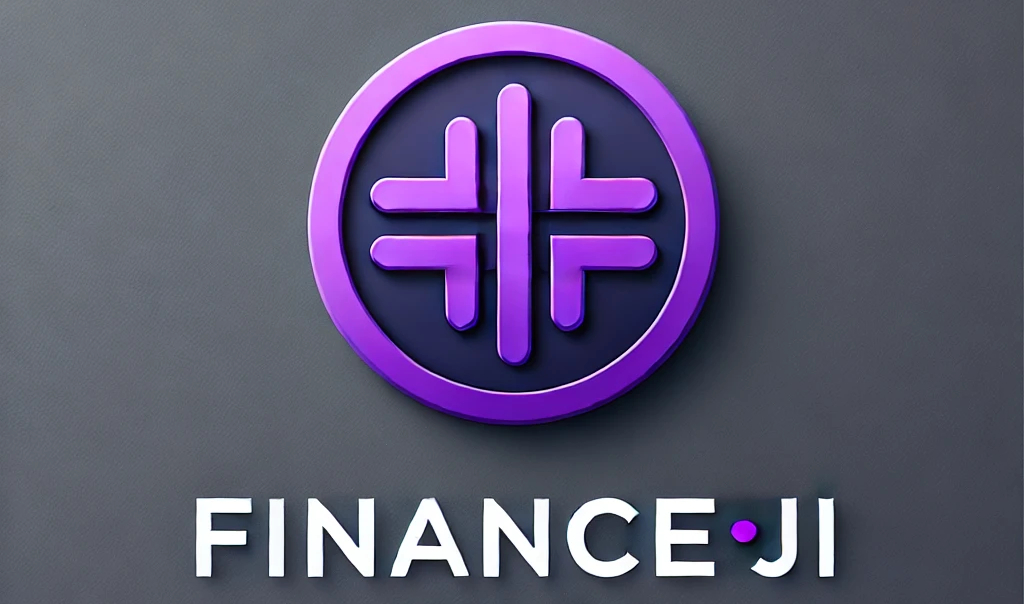India’s digital transformation continues to accelerate, and one of the most exciting developments in the financial sector is the rise of neobanks. These digital-only banks are redefining how consumers access banking services, offering streamlined processes, lower fees, and innovative features that traditional banks often lack. In this post, we explore how neobanks in India are set to shape the future of digital banking in 2025, discuss emerging trends, and outline the benefits for modern consumers.
What Are Neobanks?
Neobanks are entirely digital financial institutions that operate without physical branches. They provide a range of services—from opening savings accounts to offering loans and payment solutions—through mobile apps and online platforms. By leveraging advanced technology and data analytics, neobanks are able to offer a faster, more customer-centric banking experience. This digital-first approach has made them especially popular among millennials and tech-savvy users.
In India, neobanks are gaining traction due to the country’s high smartphone penetration and the government’s push for financial inclusion. These banks focus on reducing operational costs and passing those savings onto customers in the form of lower fees and higher interest rates on deposits.
Key Trends Driving the Neobanking Revolution in India
Several factors are fueling the rapid adoption of neobanks in India. The increasing availability of high-speed internet and smartphones has created a fertile ground for digital banking solutions. Regulatory changes by the Reserve Bank of India have also provided the necessary framework for neobanks to flourish, allowing them to partner with traditional banks for back-end operations while offering front-end digital experiences.
Furthermore, technological advancements such as application programming interfaces (APIs) and artificial intelligence are enabling neobanks to offer personalized services, real-time analytics, and seamless integration with other financial services like UPI payments. These innovations not only enhance user experience but also contribute to more efficient and secure banking operations.
Benefits of Neobanks for Indian Consumers
Neobanks provide several compelling benefits that are driving their popularity in India. First, they offer instant account opening with minimal documentation—often requiring just a PAN card and Aadhaar—making them accessible to a broader segment of the population. This streamlined process, combined with instant approval features, makes neobanking a convenient choice for busy consumers.
Additionally, neobanks typically charge zero annual fees and lower transaction costs compared to traditional banks. They also offer innovative features such as real-time expense tracking, budgeting tools, and integration with digital payment systems like UPI, which further enhance the overall banking experience. For many Indians, these benefits translate into increased financial flexibility and better money management.
Challenges Faced by Neobanks in India
While neobanks are revolutionizing the digital banking landscape, they also face several challenges. Customer trust remains a significant hurdle, as many consumers are still accustomed to the traditional banking model with physical branches. Cybersecurity is another critical concern; ensuring the safety of customer data in an entirely digital environment requires constant vigilance and robust technology.
Furthermore, neobanks must navigate a competitive landscape where traditional banks are rapidly upgrading their digital offerings. Regulatory compliance and maintaining a seamless integration with legacy banking systems are ongoing challenges that neobanks need to address to sustain long-term growth.
Future Outlook for Indian Neobanks in 2025
Looking ahead, the future of neobanking in India appears promising. As technology continues to evolve and more consumers embrace digital financial solutions, neobanks are expected to capture a significant share of the market. With increased investments in fintech and strategic partnerships with established financial institutions, neobanks are poised to offer even more sophisticated and personalized services.
Industry experts predict that by 2025, neobanks will not only expand their product portfolios but also drive financial inclusion by reaching underserved segments of the population. The focus on innovation, customer-centric design, and cost efficiency will likely propel neobanks to the forefront of India’s digital banking revolution.
Neobanks in India are transforming the traditional banking landscape with their innovative, digital-first approach. In 2025, these institutions will continue to redefine how consumers manage their finances by offering convenient, cost-effective, and personalized banking solutions. As the neobanking revolution gains momentum, both consumers and businesses stand to benefit from the enhanced accessibility and efficiency that these digital banks provide.
Stay tuned for more insights on the future of digital banking as neobanks continue to shape India’s financial landscape.







